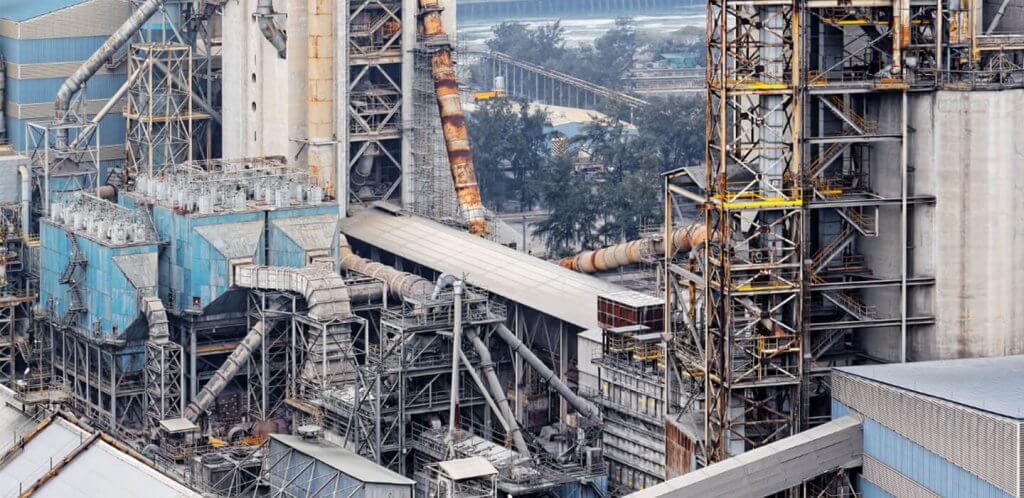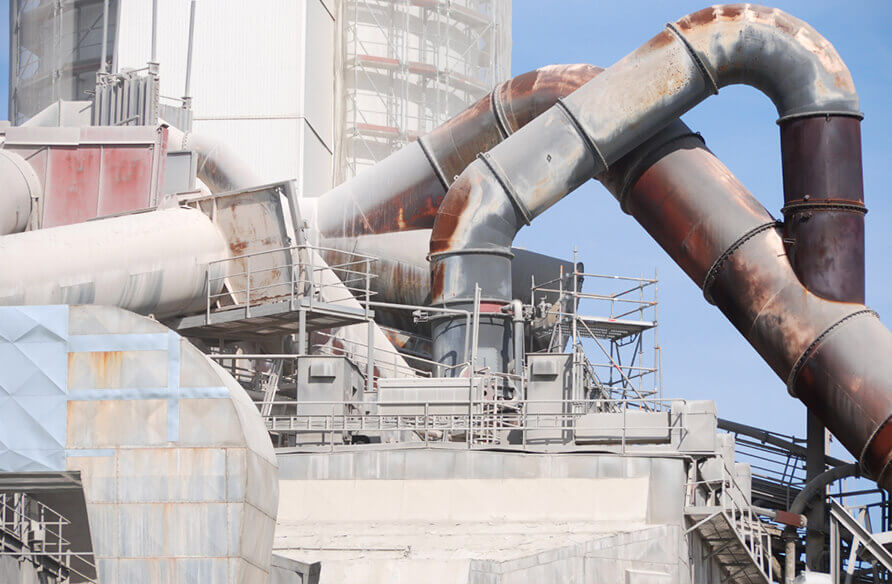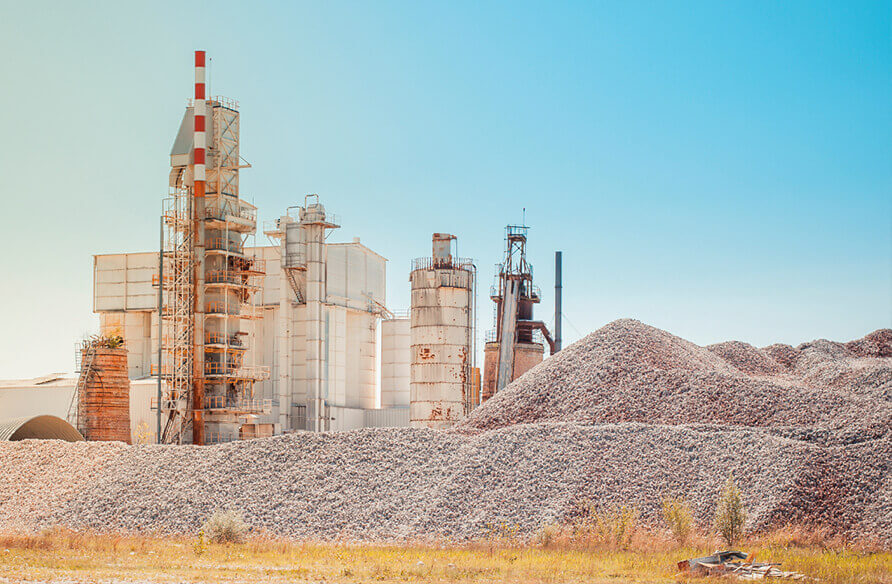solution

solution

In the cement production pipeline, the use of valves plays a very important role in the whole production process. The rational use of valves in the right places can ensure the smooth working of the whole cement production pipeline.

We will introduce you to the cement production process.
The cement production process can be referred to as "two grinding and one burning".
Firstly, raw material grinding: the raw materials are crushed or dried, matched in a certain proportion, ground and prepared into raw materials of suitable composition and uniform quality, called the first stage;
Secondly, clinker calcination: the raw materials are added to the cement kiln and calcined until partially melted to obtain cement clinker with calcium silicate as the main component;
Thirdly, cement grinding: the clinker is added to the appropriate amount of gypsum and sometimes some mixed materials, together with fine grinding for cement The production chain: mining → crushing
Production chain: mining → crushing → pre-averaging → batching → raw material grinding → raw material homogenisation → suspension preheating, pre-decomposition, rotary kiln calcination → batching → cement grinding → cement homogenisation → cement packaging, bulk factory .


1、Storing the limestone and clay from the mine in the limestone and clay reservoirs respectively after two stages of crushing.
2, the limestone and clay and a small amount of correction of raw materials in accordance with a certain ratio of homogenization into uniform raw materials sent to the raw mill for drying and grinding; in this link the main valves used are high-temperature air valve, louvered air valve, rubber joints, etc..
3、The raw material after grinding is sent to the air homogenizing warehouse by air lift pump, further mixing the raw material with air and storing the raw material; the main valves used in this link are check valve, butterfly valve, etc.
4. The raw material in the homogenising store is discharged, measured, lifted and fed quantitatively to the kiln tail suspension preheater and the decomposer, where the preheated and decomposed material enters the rotary kiln to calcine the clinker. The coal used in the rotary kiln and the decomposer is dried and ground into pulverised coal and stored in the pulverised coal bin. The main valves used in this section are wear-resistant butterfly valves, check valves, knife gate valves, etc.
5. After the clinker has passed through the castor cooler, it is sent to the clinker store by conveyor, weighing scale and elevator.
6、Clinker and gypsum are fed into the cement mill through the quantitative feeder for grinding. When grinding, appropriate amount of mixed materials can also be added together with clinker and gypsum according to the product requirements; the main valves used in this stage are knife gate valve, wesdom wide side butterfly valve, etc.
7、The cement after grinding is sent to the cement warehouse for storage by air transfer pump, part of the cement is packed into bags by packing machine and part of the cement is shipped out in bulk by special trucks.
When designing valves used to handle cement, WESDOM take into account several factors, including type of material handled, conveying method, conveying line pressures, temperature, location within the system and leakage of material to the atmosphere. Valve manufacturers working with the industry are continually improving their designs of equipment used by cement companies.



Email:info@wsdsolution.com
Tel:+86-17319732766